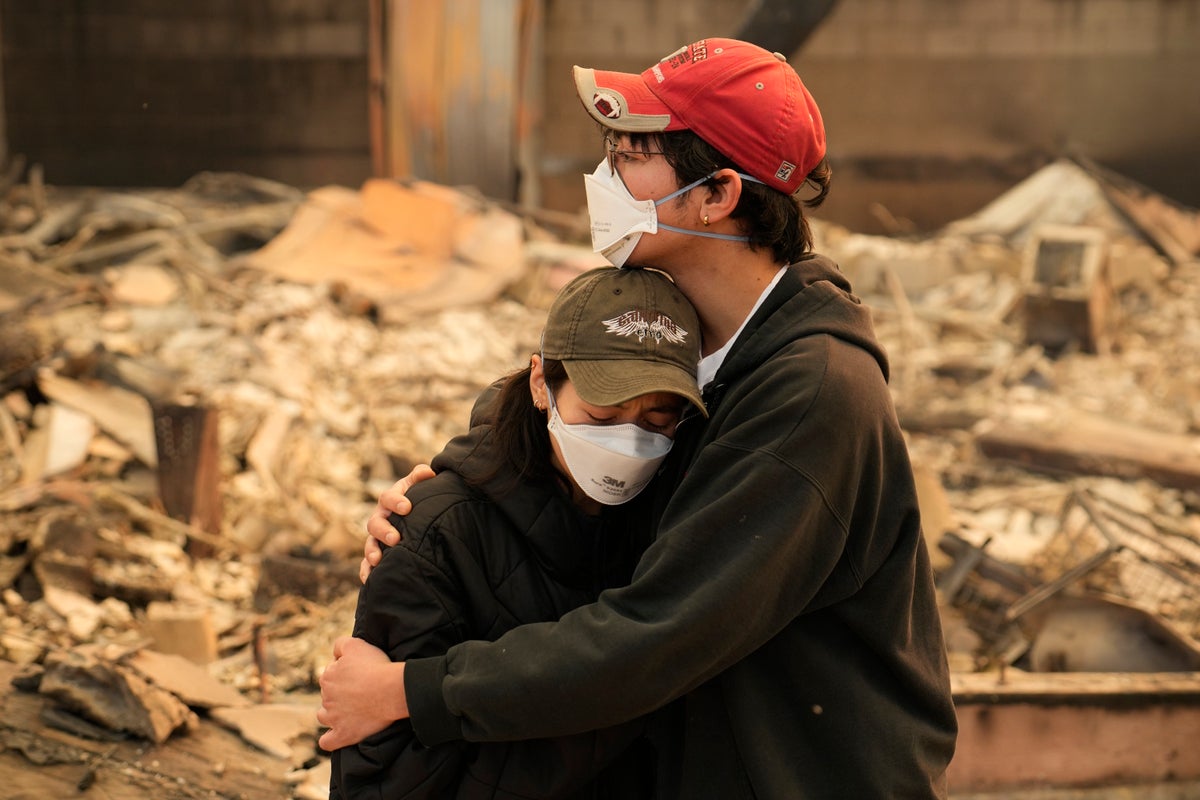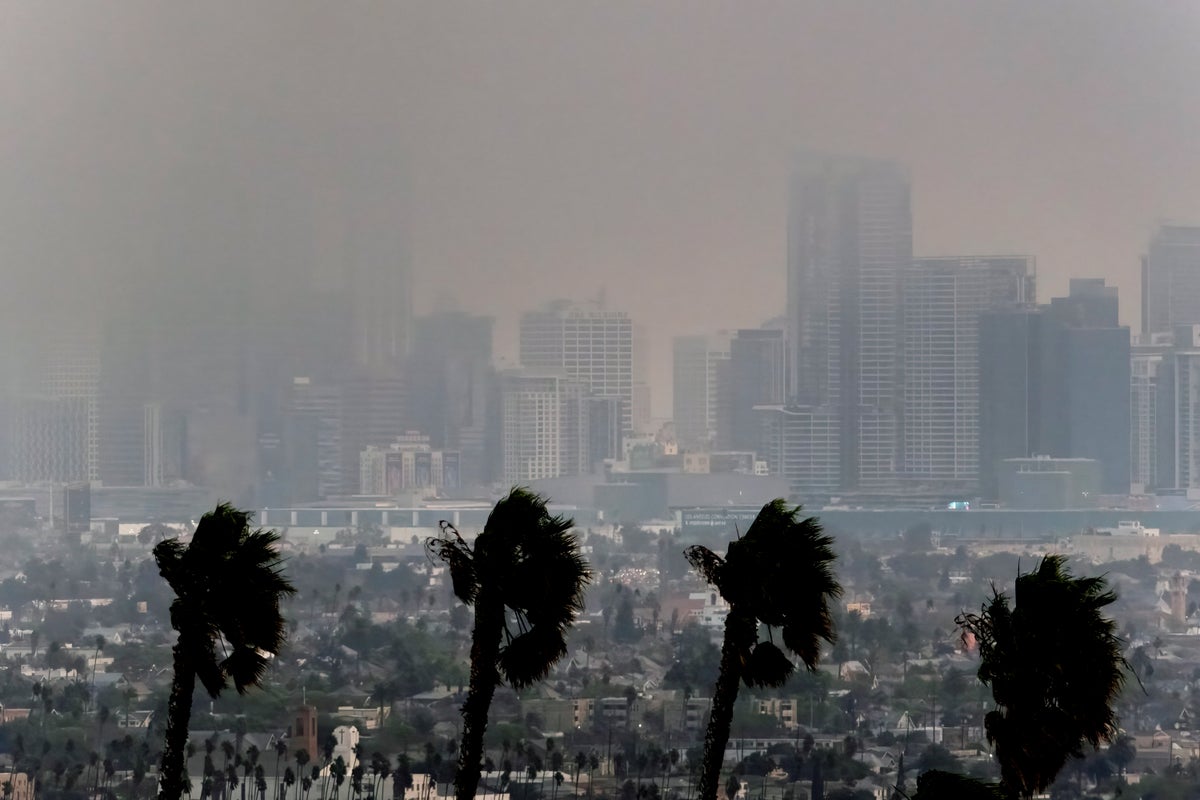Where there’s fire, there’s smoke: Los Angeles blazes raise fears of ‘super toxic’ lung damage
Share:
Concerns that dangerous fine particle pollution can become embedded in bloodstream and lungs. The Los Angeles wildfires have claimed the lives of at least 24 people and have burned more than 100,000 structures. While the focus is understandably on avoiding the flames, another immediate danger lurks across the county and beyond, one more difficult to escape: smoke.
The most dangerous component of wildfire smoke is fine particle pollution, also known as PM2.5 or soot. These tiny particles, smaller than one 20th the width of a human hair, can, if inhaled, become embedded in the bloodstream and lungs. It is estimated that about one-third of all particulate matter pollution in the US now comes from wildfire smoke.
“Wildfire smoke is super toxic to the lungs, more so than ‘regular’ smoke, because of the concentrations of fine particulates,” said Don McKenzie, an assistant professor at the University of Washington’s School of Environmental and Forest Sciences.
“People with compromised lung function are at higher risk of harm,” he added. “Damage from smoke exposure of any type is cumulative, but especially with the high concentrations of the fine particulates, because they can lodge themselves in small spaces within the lungs.”.
It is estimated that air pollution kills about 100,000 people in the US each year. A significant portion of these deaths come from inhaling smoke from the burning of fossil fuels, wood and other materials (including from wildfires) that release toxins into the air.






















